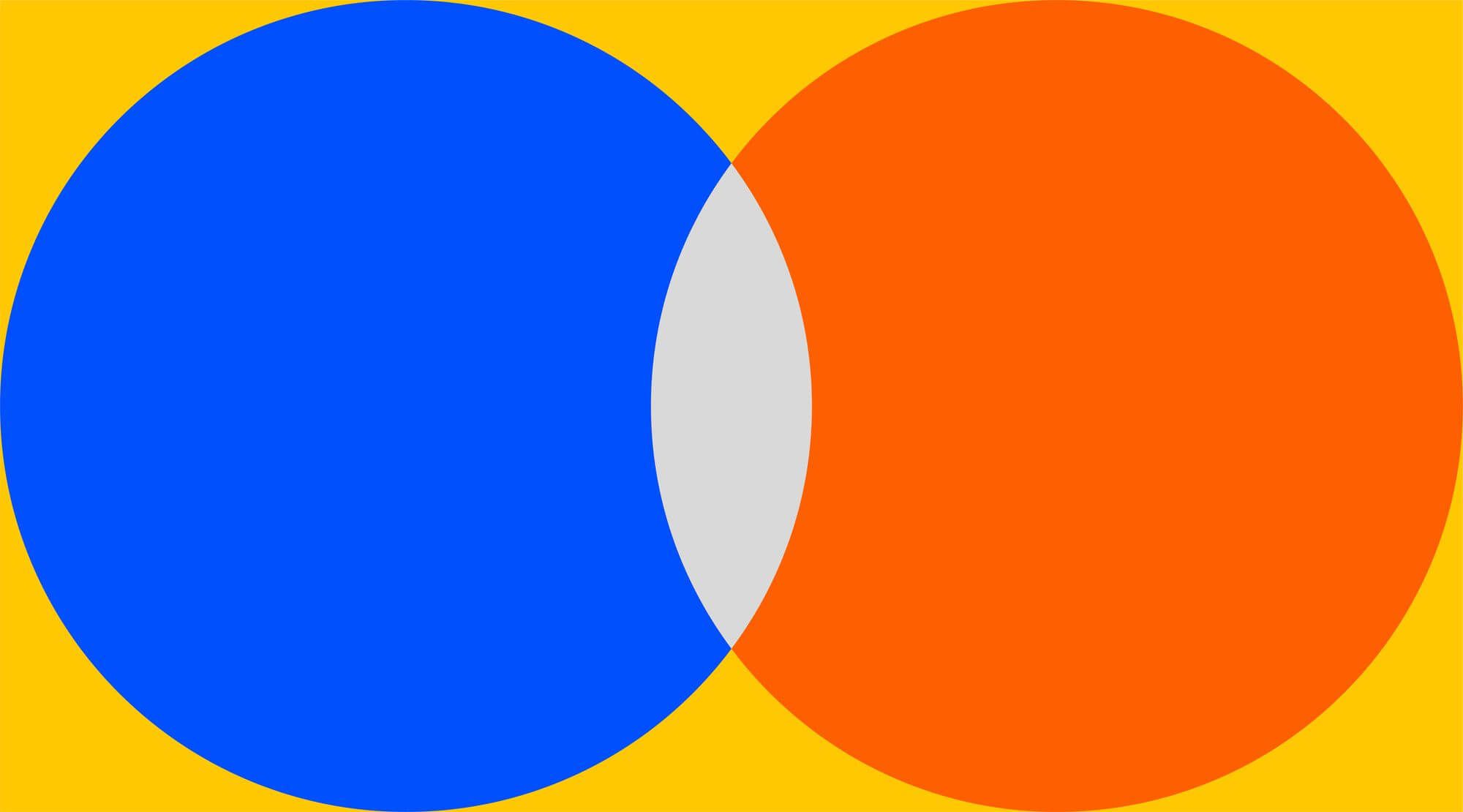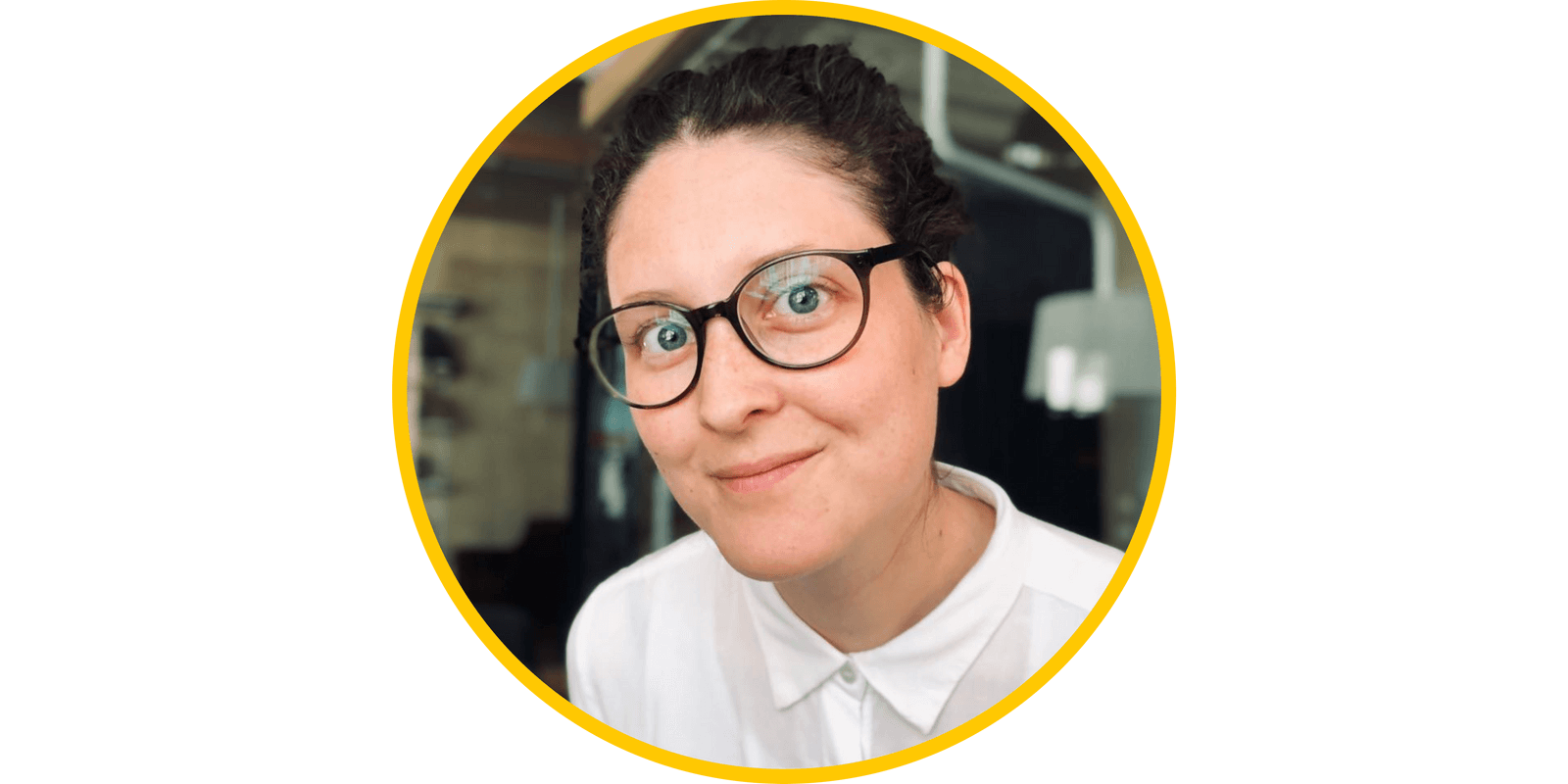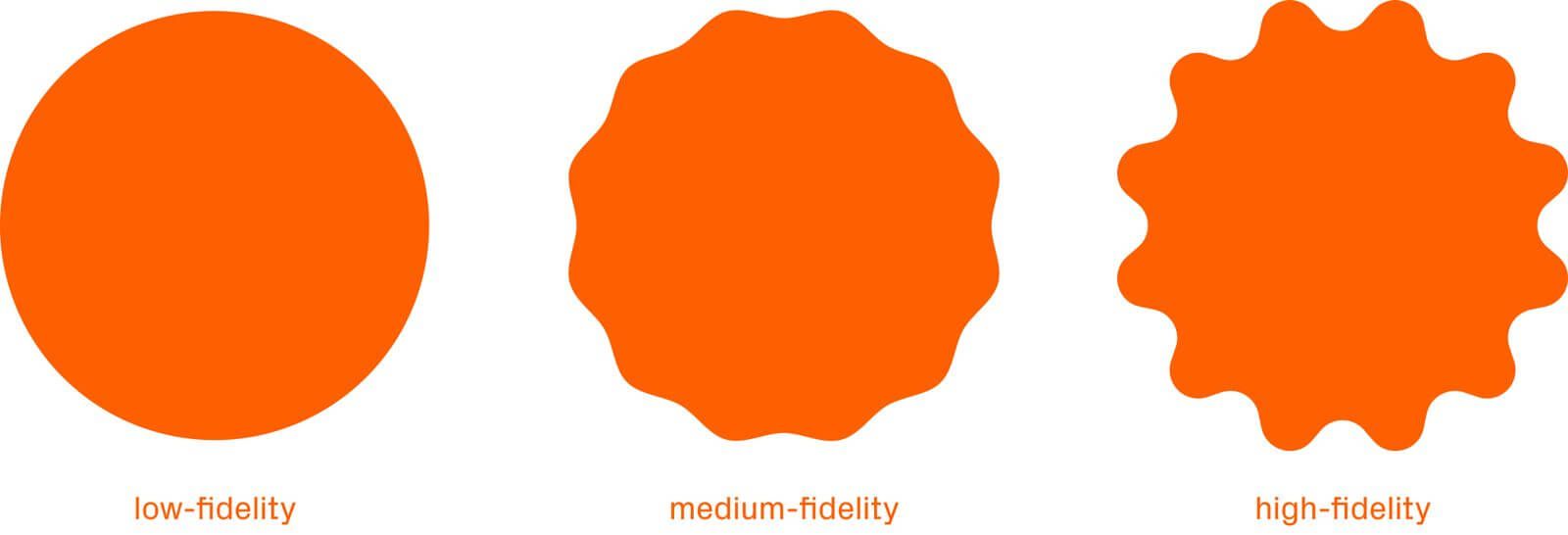Champions for humanity: running effective research for empathetic design
Explore the basic notions, stages and stumbling blocks of emphatic design research—the cornerstone of web design.

People ignore design that ignores people.— Frank Chimero, author of The Shape of Design handbook
Empathy takes the stage first as an essential source of ideas and improvement when developing and designing websites, applications and other digital products. But how can designers gather information that’s so subtle? What’s more, how can they translate the data into a decent idea? In search of advice on how to come up with solutions that actually work for people, we’ve turned to Sanna Rau, a New Zealand-based Experience Designer at DNA agency.

Sanna has worked with design in different ways over the past eleven years and is now primarily involved in the early stages of the design process. Her expertise ranges from UX design to research and other allied fields. Sanna believes there’s a need for people who are champions for humanity not just in the digital environment but everywhere, and she frequently writes about empathy, sustainability and equality.
What is research for empathetic design, and why is it so important
IDEO’s Design Toolkit states that empathy in design is a “deep understanding of the problems and realities of the people you are designing for.” Only when we stay open and sensitive enough to ask the right questions, observe and analyze, can we turn a routine activity into a joyful and engaging user experience.
The empathetic approach mainly relies on observation; but what sets this type of observation apart from traditional research in focus groups, using surveys or work in special settings, is the context. User behavior is tracked in their natural environment or during a regular work routine. While observing user flow, UX designers identify needs or workarounds users don’t assume can be met or even realize they have. In a nutshell, the research tries to answer questions related to user behavior: Do users seem confused at any point of the interaction? What assumptions guide them in a workflow? Do users invent workarounds to expand the capabilities of the product? What are they unable to do that might be helpful for their needs?
There’s a design process that makes it easy, delightful or even playful to do boring things like banking, insurance or anything else. Then there’s a design process that looks at all of this from a holistic perspective and asks how, for example, banking is affected by domestic violence, tropical cyclones or cancer. Taking an empathetic approach means being inclusive, taking a step back and understanding the complexity in which we exist. It means looking for problems and asking uncomfortable questions. I believe you can be empathetic in the details, like the traditional example of good visual contrast for visually impaired people in digital interfaces. But that is about how things are designed, while empathy has the greatest impact when looking at why or what should be designed.—Sanna Rau

Meet five formal stages — and a twist
Developing a research framework that can be reliably documented, at the same time, flexible and open enough to reach the intangible is pretty hard. Often such a framework represents a basic methodology that already exists, but has to be applied differently. It’s almost the same as for any research project and it typically has five distinct stages, but with a particular twist: stress on observation and experience, rather than intrusive questioning or simulations.
Stage one: Observe
At this stage of empathic design research, you should collect as much data as possible to build a solid ground for later decisions.
First, clarify who you need to observe, how you will observe and what you should look for. If you’re not doing solo research, find the team member who most suits this task. We’re all different, and our differences sometimes make us more or less aware of certain aspects and get very different insights from the same situation. Finally, observe user interactions with your product or prototype: don’t nose in the process, but be vigilant.
I don’t think we’ll ever be entirely impartial, but we can set our task in a way that allows us to discover new ideas rather than find a problem that works with our already existing concept for a solution. It’s really important to have a diverse team because different people will notice different things. If I’ve struggled because of my sexuality, my ethnicity or maybe my disability, I’m much more likely to notice how these things affect the way people interact with a product or service. — Sanna Rau
Stage two: Capture information
There are two main approaches to accessing useful behavioral information: simply observe users going through the flow or ask them about their experiences. Although design research prefers observation over direct questions, the latter can significantly complement a larger vision. If you need more confirmation of your assumptions or want to delve deeper into something, ask users open-ended questions and actively listen to what they say.
If you know how to facilitate a good interview, then you might get useful answers. Still, there’s also a lot of work involved in interpreting answers and shaping questions so that you access the most valuable information. When I do research, I usually want to know how people are solving similar problems today and why they are solving them this way. Observation is great for that first part, while interviews will give me the answer to the second part. — Sanna Rau
There’s one less obvious, but advantageous interview technique: allowing a place for seemingly awkward silences in dialogue. Sanna wrote a handy and extensive article on the importance of listening, understanding and communicating during the research process, and dedicated an entire section to the wonders of silence. It’s a powerful tool, since people tend to share more of their thoughts if not misled by following questions or chatter. The pause leaves space to think twice and add something that comes to mind on the spot.
The key is not to see silence as awkward. I want participants to feel comfortable, so allowing for a quiet moment should never be done in a weird way. I sometimes let people know that I might not answer if they ask me a question and that it is okay. I also let them know that if I’m silent, I want to hear their reasoning. If you struggle to keep quiet, bring a large glass of water, and take a slow sip every time, you think a response is coming to an end. Let them see that you’re not going to interrupt or just move on. It works the other way as well: I make sure participants know that they can always take their time and come back to answers later if they want to. — Sanna Rau
Most of the data in design research come from visual and sometimes audio channels, thus it’s crucial to document this stage thoroughly. Record screens with sessions, register data from analytical tools and make photos and notes so as not to lose anything.
Stage three: Brainstorm for solutions
After gathering and arranging data, get wrapped up in it once again and reflect on what you’ve seen. Then categorize the information and get rid of the non-essential parts.
This information is not statistics unless you’re doing 200 observations or more. But we’re usually talking about qualitative research, and I would avoid putting it in numbers at all costs. If you’re observing a behavior, you’re probably doing it to learn more. So, it really doesn’t matter if 4 or 6 people managed to get through a particular flow in an app. What you should use the data for is to see where they fail, why they fail and what they’re trying to achieve. — Sanna Rau
The research work is far from complete now: that’s the point when brainstorming starts. Whether just you or an entire design team, everyone has something to bring to the table. Share your notes with colleagues or independent designers and mull over the problems users experience to come up with working solutions. It can be a reliable solution you already know how to implement or just a vague idea with new potential – accept them all at this stage.
At the end of the process, zoom back in and revise the work by answering these questions: which ideas are realistic and can be prototyped? Do you opt for a solution because it’s easy, cheap or trendy? Which ideas can you put into your backlog for future development?

Stage four: Prototype
In the following stages, you aim to show users your solutions and see if their problems are really solved. The best way to ease further communication is to create a representation of a product or a planned update.
There are three types of prototypes in the UX design process: low-fidelity, medium-fidelity and high-fidelity. Low-fidelity prototypes are brief sketches of overall design ideas and fundamental interactions without getting into too much detail. With that type of mock-up, you can see if your layout makes sense to your target audience, if the information hierarchy is sound, which design decisions elicit responses, and what basic interactions with it look like.
Medium-fidelity products have a wider testing audience and are polished-up versions of a product with first copies and content. At this stage, you can test your assumptions and understand what final touches you should add.
By the time you enter high-fidelity prototyping, all significant issues have already been solved. Now you can run tests to validate the final version and add a bit of polish. This is the best time to choose performing copies and types of content, improve readability and accessibility.
Stage five: Test
Once the prototype is ready, it’s time to test it. First of all, testing can be quantitative and qualitative. Quantitative research is designed to gather data in a measurable form—it gives you numerical insights. Some tools commonly used for quantitative testing include Goole Analytics, Hotjar and other analytical applications. Qualitative research is observations and conversations put into ideas and concepts. It can’t be regarded as measurable data, but it leads to a deeper understanding of your users' underlying desires and needs. Qualitative research is conducted during user interviews and special sessions.
Prototype testing is also divided into moderated and non-moderated. In the first case, a designer is engaged in the process for better control and guidance. In the second case, users are left alone with prior instructions and run the test in their own mode.
After the last step the cycle repeats itself, as with product design there’s always room for perfection. You observe users again and again, ask them about their routines, come up with solutions and test them.
At every stage of design research, it is crucial to practice empathy, greedily seek similar personal experiences and be ready to walk in someone else’s shoes. Sadly, such empathy isn’t a given or something easily inherited. Humans are empathic creatures, but our ability to feel others mainly stretches to our close community and is expressed in sharing similar emotions and not necessarily taking action. In human-centered design, it’s always the opposite.
I think that we as designers need to step out of our offices and get our hands dirty. You’ll design a much better product or service for blind people if you’ve walked around blindfolded for three days. You’ll design a way better ticket machines if you’ve tried to commute in a snowstorm, travel with children or get across town in a wheelchair. Sure, we can do research just by observing others, which is very important. But we are humans, and the way we best understand and remember something is to experience it ourselves. — Sanna Rau